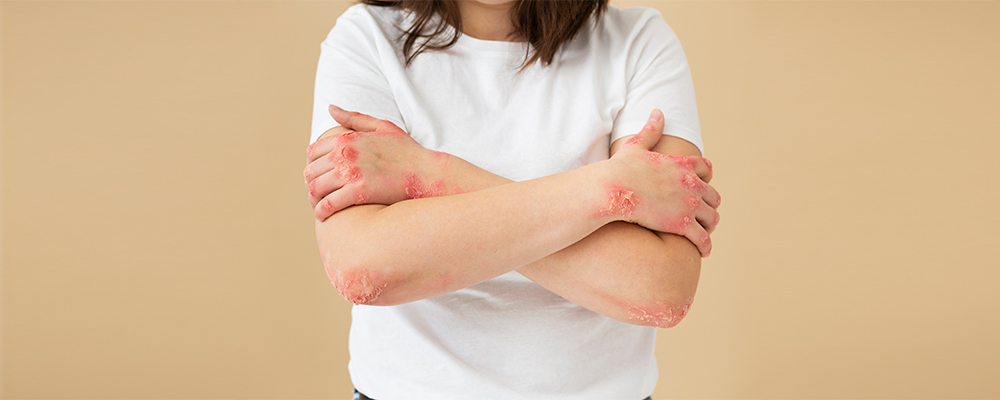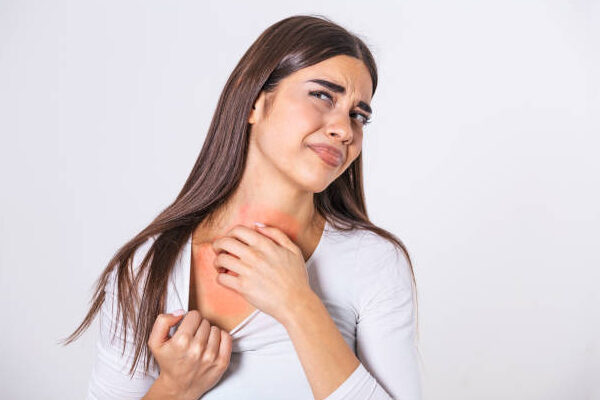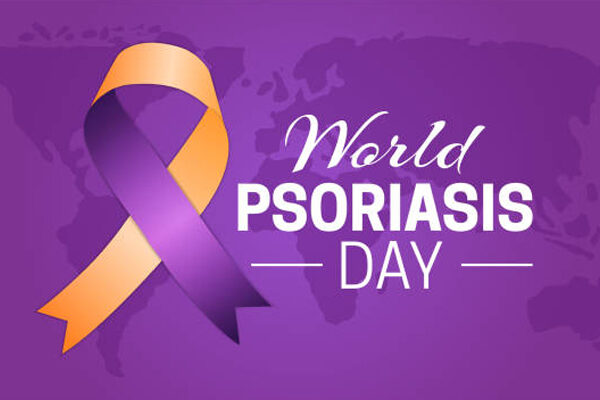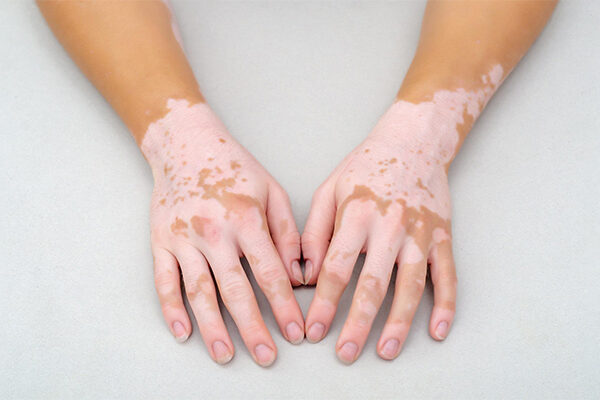
This guide will delve into everything you need to know about weeping eczema, from its causes to effective home remedies.
What Is Weeping Eczema?
Weeping eczema is a type of eczema where the skin becomes excessively inflamed and produces a clear or yellowish fluid. This oozing indicates that the skin barrier is compromised and potentially infected. While this eczema can occur in anyone with eczema, it’s often triggered by bacterial, viral, or fungal infections.
What Causes Weeping Eczema?
It can arise due to several factors:
- Infections: Bacterial infections, particularly Staphylococcus aureus, are a common cause.
- Allergens: Contact with irritants such as soaps, detergents, or allergens can exacerbate symptoms.
- Scratching: Intense scratching can break the skin, increasing the risk of infection.
- Immune System Response: An overactive immune response can lead to excessive inflammation.
Also read: Hives vs Eczema: Know the Differences
Spotting the Signs: What Weeping Eczema Looks Like
Visual identification of this eczema is essential for proper diagnosis. It often appears as red, swollen skin with fluid-filled blisters that may burst and crust over. While we can’t display images here, searching “weeping eczema pictures” online can help you understand how the condition looks.
What Are the Symptoms of Weeping Eczema?
Common symptoms include:
- Red, inflamed skin
- Clear or yellowish fluid oozing from lesions
- Itching and burning sensations
- Crusting and scabbing as the fluid dries
- Swelling around the affected area
Is Weeping Eczema Contagious?
No, weeping eczema itself is not contagious. However, if the condition is caused by an infection, the infection could potentially spread to others through direct contact. Practicing good hygiene is crucial to prevent secondary infections.
The Psychological Impact of Weeping Eczema
Living with a chronic skin condition can be emotionally challenging. The visible nature of the condition often leads to:
- Anxiety: Fear of judgment or social isolation.
- Depression: Persistent pain and discomfort can contribute to low mood.
- Stress: Flare-ups can be unpredictable, increasing stress levels.
Seeking psychological support and joining support groups can be immensely helpful.
How to Cure Weeping Eczema at Home?
While curing eczema entirely at home isn’t always possible, certain measures can alleviate symptoms:
- Cool Compresses: Applying cool, damp cloths can reduce inflammation and itching.
- Moisturizing: Use fragrance-free and hypoallergenic moisturizers to restore the skin barrier.
- Oatmeal Baths: Colloidal oatmeal baths can soothe irritated skin.
- Antiseptic Creams: Apply topical antiseptics to prevent infections.
How to Dry Up Weeping Eczema?
Reducing fluid buildup and promoting skin healing are key steps in managing this condition.
- Use Calamine Lotion: Known for its drying properties, calamine lotion can help.
- Air Drying: Allow the skin to breathe after cleansing.
- Apply Tea Tree Oil: Diluted tea tree oil can serve as an antimicrobial agent.
What Does Weeping Eczema Look Like?
Weeping eczema typically looks like red, swollen skin with fluid-filled blisters. These blisters may burst, leading to crusting and scabbing. The affected areas may also appear shiny due to the fluid oozing from the skin.
Can I Have Weeping Eczema and Atopic Dermatitis at the Same Time?
Yes, it’s possible to experience both simultaneously. Weeping eczema can develop as a complication of atopic dermatitis, particularly when infections are involved.
Treatment Options for Weeping Eczema
Treatment for weeping eczema typically involves a combination of medical and non-medical approaches. Dermatologists may prescribe topical or oral medications depending on the type of infection to manage the condition, including:
- Topical Steroids: To reduce inflammation and itching.
- Antibiotics: For secondary bacterial infections.
- Antiviral Medications: If the condition is triggered by a viral infection.
- Moisturizers and Emollients: To restore the skin barrier and prevent dryness.
- Antifungal Cream: To treat fungal infections.
Conclusion
Weeping eczema is more than just an irritating skin condition; it can impact physical, emotional, and social well-being. Understanding its causes, symptoms, and treatment options is essential for effective management. While medical intervention is often necessary, home remedies and preventive measures can also play a significant role in alleviating symptoms. By addressing both the physical and psychological aspects of the condition, individuals can improve their quality of life and regain control over their skin health.





